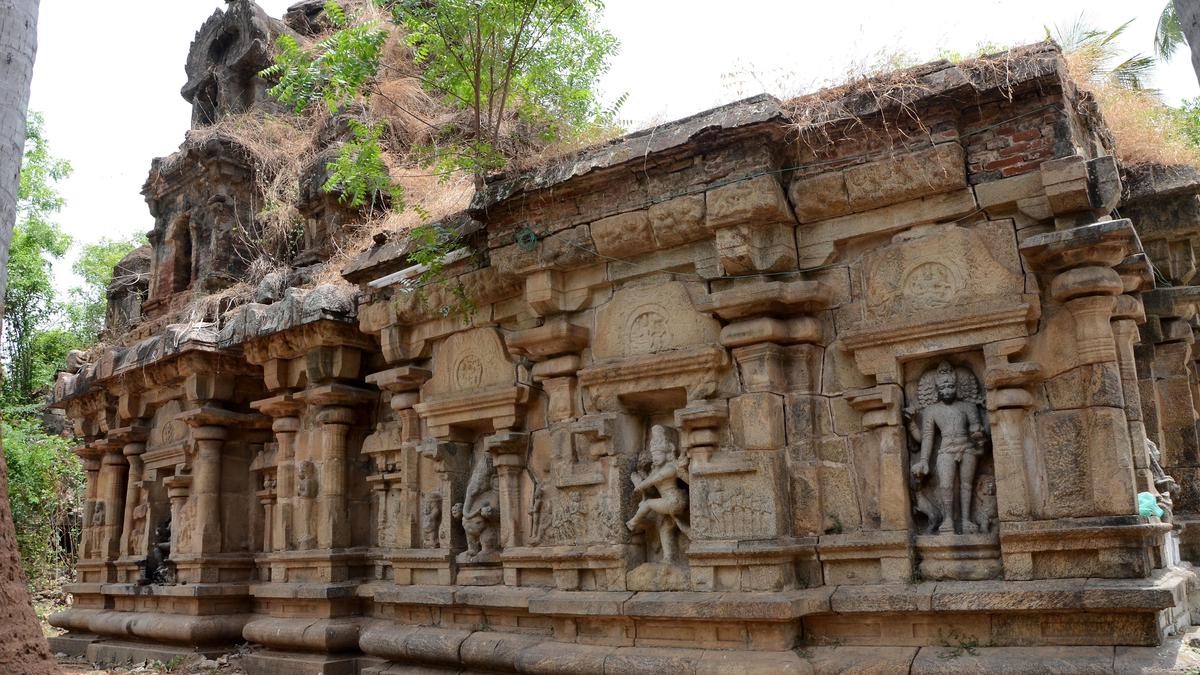Free Courses Sale ends Soon, Get It Now


Free Courses Sale ends Soon, Get It Now



Disclaimer: Copyright infringement not intended.
Context
Details
Built by the illustrious Rajendra Chola I, this temple is an exquisite example of Chola architecture, boasting intricate stone sculptures and historically significant inscriptions. The temple's restoration, undertaken by the Tamil Nadu Department of Archaeology, aims to breathe new life into this ancient treasure.
Historical Significance
Architectural Splendor
Inscriptions of Significance
Conclusion
The Naganathaswamy Temple at Manambadi represents not only an architectural marvel of the Chola dynasty but also a testament to the enduring cultural heritage of Tamil Nadu. Its journey from a near-demolition experience to an impending revival is a remarkable chapter in its storied history.
|
PRACTICE QUESTION Q. Consider the following statements regarding the Naganathaswamy Temple at Manambadi:
Which of the following options is correct?
Answer: a |
© 2024 iasgyan. All right reserved